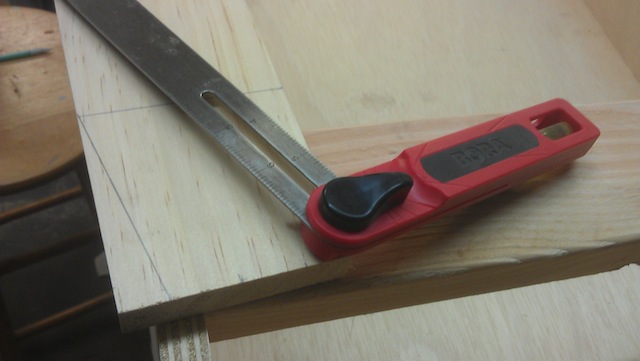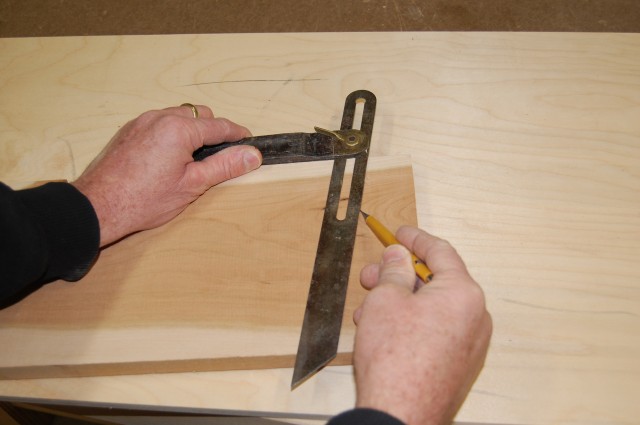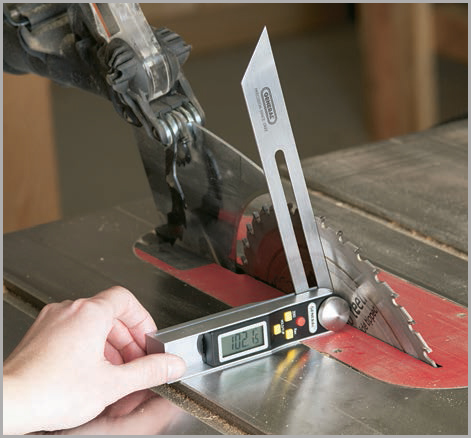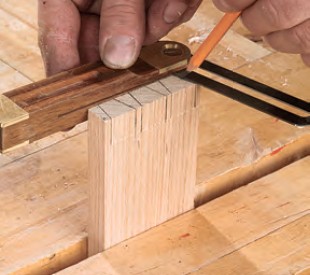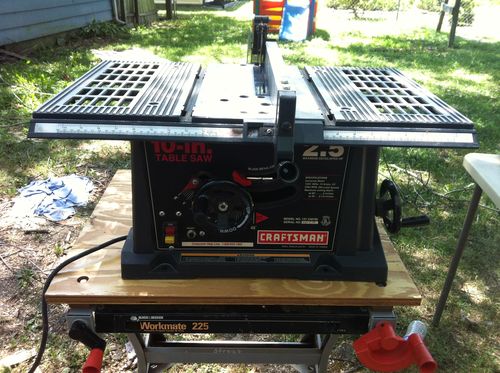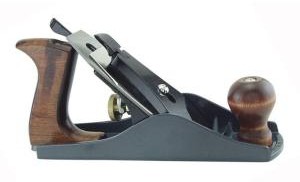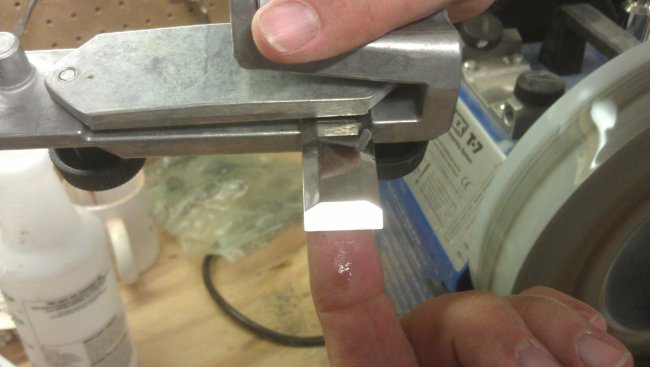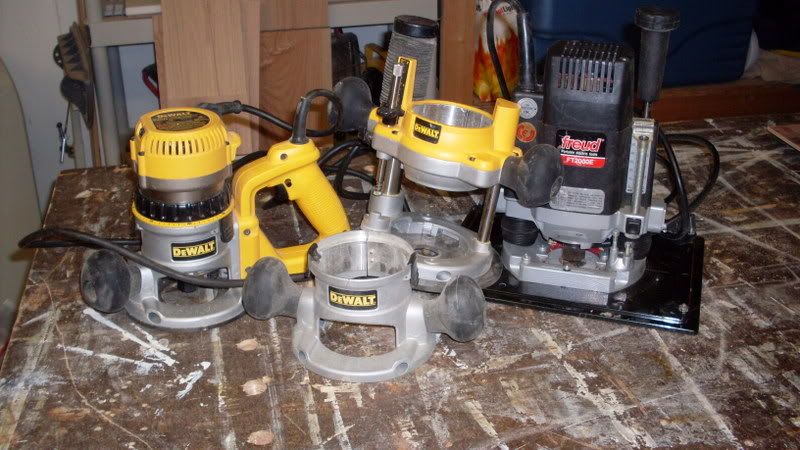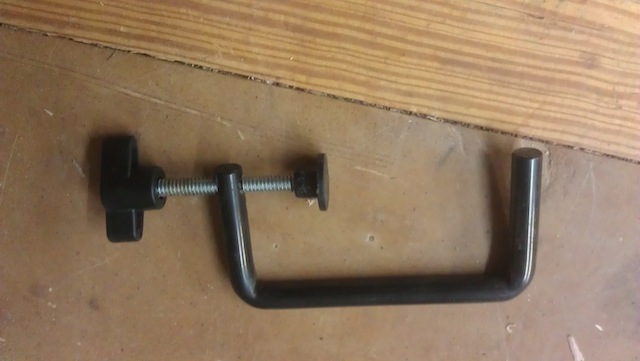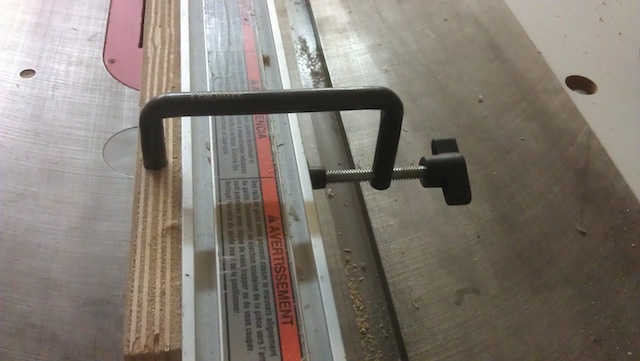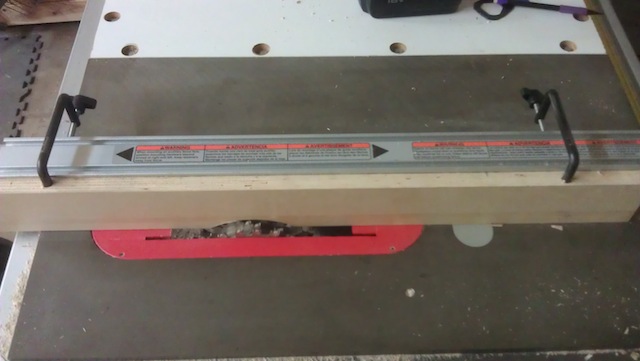There’s a tool that I have used a lot over the past five plus years of blogging, but it has barely gotten a mention. Which is sad, because it is probably the best value I have ever seen in a tool.
Sanding is a job that can be a real challenge. I mean, it is just so darned boring. You sit there with a running sander in your hands, the work clamped down to the bench. The only excitement comes when you have a difficult area to sand and you can’t fit the random orbit sander. That’s when I start to search for the right tool that can solve all of my problems.
This one can’t solve ALL of my problems, but it can fix a bunch of them. It’s my Ridgid combination spindle/belt sander. I picked this little jewel up back in 2006, and it has been a trusty performer for me since. It’s about the size of a portable thickness planer, so it can easily be tucked out of the way when you don’t need it.
When you do need the sander, you have an option First, you can use it as a belt sander. I have used that to sand outside curves on things like bandsawn boxes, as well as a straight sides on boxes I want to remove excess spline from. The belt oscillates as it spins, allowing me to get the most out of the life of the belt.
As if that would be enough on its own, the sander also converts to a spindle sander. This little gem shines when it comes to doing inside curves, like I had when I was building a rocking horse for a charity build-along for the Wood Whisperer. Again, the spindle oscillates as well, allowing you to get the most life out of your sanding sleeves. Changing between the belt and spindle sanders is very quick, and is completely toolless.
The aluminum top is a very good size for balancing larger workpieces on, giving a lot of support for larger work pieces. It also folds down to cover the spindles and attachments so they won’t get lost when you are moving it around. And, when it is time to deploy the sander, you can set it at any angle from 0 – 45 degrees, meaning it’s a piece of cake to sand bevels or miters. The table also has a sweet miter track on it, which allows you to use the miter fence from your table saw to get some additional purchase on a workpiece.
The sander has a 2 1/2″ dust port out of the back, which does a great job picking up the sawdust generated by the unit while in use. I have used the sander without dust collection for ‘quick’ jobs, and let me tell you, the dust collection makes a HUGE difference in your enjoyment of the work.
Best of all is the price… I picked up mine for less than $200, and I’m positive I have gotten more than my money’s worth over the years. Plus, when I bought mine, it came with a free lifetime warranty. I think the new agreement is a 3 year warranty, with the option to buy a lifetime agreement. Not too shabby…




